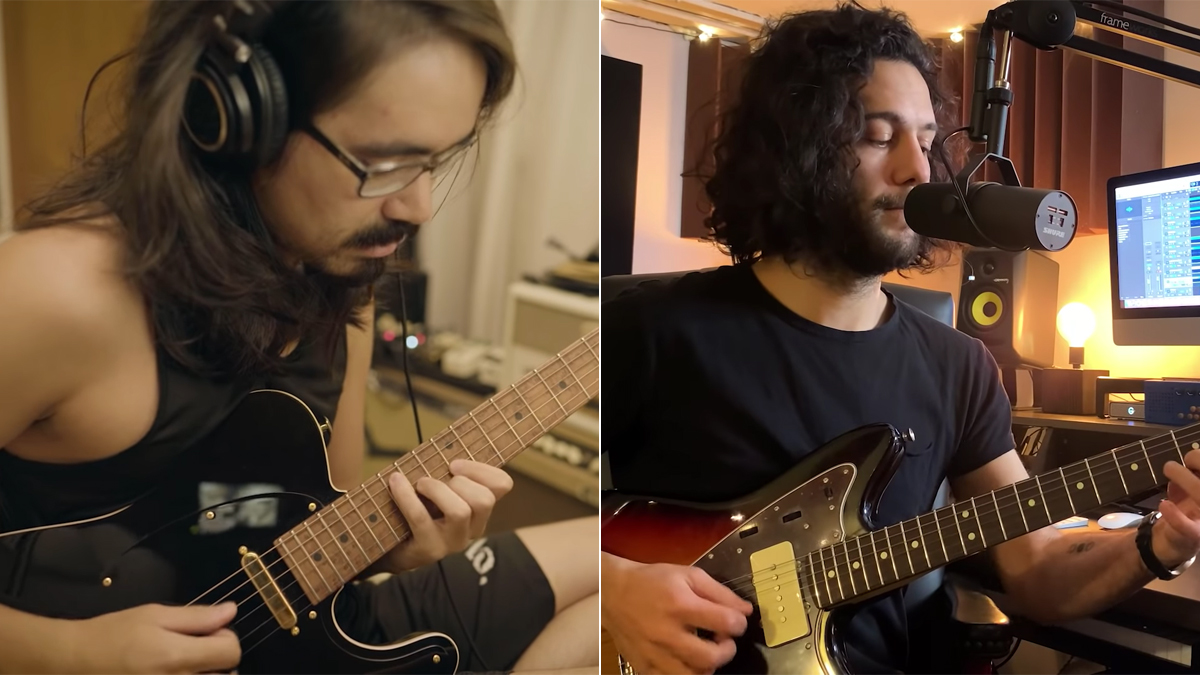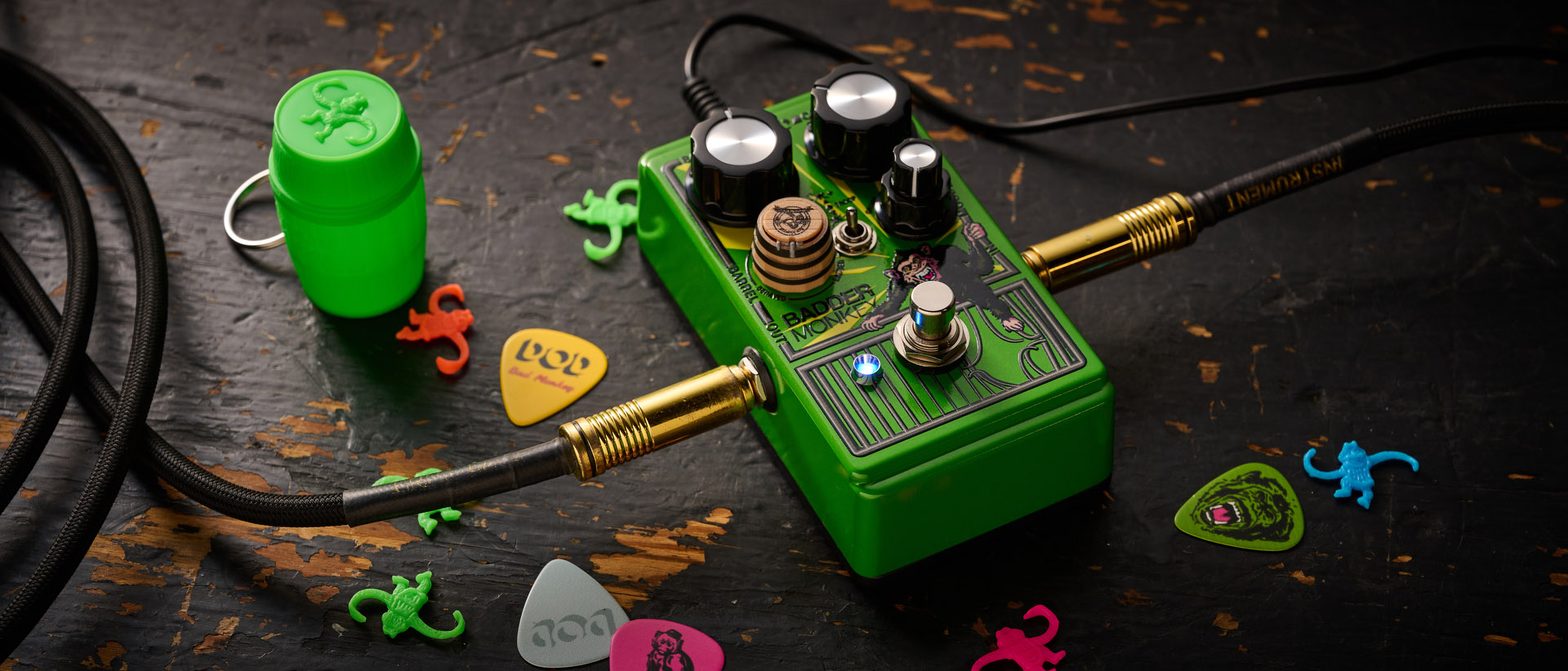If you've ever found yourself scrolling through the guitar goldmine that is Mateus Asato's Instagram profile, you've probably asked yourself how one mere mortal could possess such prolific powers on the guitar.
The neo-soul sensation, known for his hypnotic mastery of the fretboard and colorful jazz-inspired constructions, recently sat down with Reverb.com for an in-depth discussion about his seven-step warm-up routine.
Joined by Joe Shadid, Asato broke down his approach to warming up step-by-step, and revealed how he gets his fingers feeling in a "good mood" before he begins to play.
Eye-opening for not only those who are looking for ways to expand their own playing and develop their technique, the 20-minute-video is also good ear-candy for those who want to hear Asato nonchalantly noodle with a guitar in his hands and listen to him philosophize his approach to practice.
The seven-step warm-up covers all bases, ranging from the simple to the sublime. Steps one and two focus on fretboard visualization and finger independence, tasking you first to choose a key and locate every single octave of the root note on the guitar, then work up and down the board using a particular chromatic pattern.
Opting for a 1-3-2-4 pattern, Asato says step two is key for building "agility and communication between fingers". This concept is carried on into step three, in which the guitar guru blitzes his way up and down the fretboard using a chromatic scale on the G, B and e strings.
Elsewhere in the warm up, a number of pentatonic-based movements are included, including the connectivity exercises of steps four and five, initially using only the low E, A, and D strings.
All the latest guitar news, interviews, lessons, reviews, deals and more, direct to your inbox!
According to Asato, these drills were "inspired by one of those masterclasses that Scott Henderson taught at the Musician's Institute", and they help guitarists to start viewing solos laterally across the neck instead of vertically down the fingerboard.

Steps six and seven test your hybrid picking and double-stop sliding skills, with the former routine demanding strict hand-eye coordination and right-hand discipline. Working through each degree of the chosen scale, Asato alternates between arpeggio and pentatonic shapes as he migrates up and down the fretboard.
For a bit of final-round fun, a range of 3rds, 5ths and 6ths are used by Asato to tastefully transverse the 'board and get his ear tuned to playing more musically.
Of the warm-up, and of his time spent with Asato, Shadid mused (perhaps somewhat optimistically): "You play those seven steps every time you pick up the guitar, and maybe at some point you'll sound like Mateus Asato.
"The guy is so good, he's a gentleman, and when he was showing me this stuff it was all through this great lens of sharing."
By adopting the practice routine of someone else, Shadid also notes that "what maybe happens more often than not, we're getting better in ways we don't even know."
Bear in mind, this is only a warm-up. For Asato, the real playing hasn't even started yet…

Matt is the GuitarWorld.com News Editor, and has been writing and editing for the site for five years. He has a Masters in the guitar, a degree in history, and has spent the last 19 years playing everything from blues and jazz to indie and pop. During his GW career, he’s interviewed Peter Frampton, Zakk Wylde, Tosin Abasi, Matteo Mancuso and more, and has profiled the CEOs of Guitar Center and Fender.
When he’s not combining his passion for writing and music during his day job, Matt performs with indie rock duo Esme Emerson, and has previously opened for the likes of Ed Sheeran, Keane, Japanese House and Good Neighbours.
